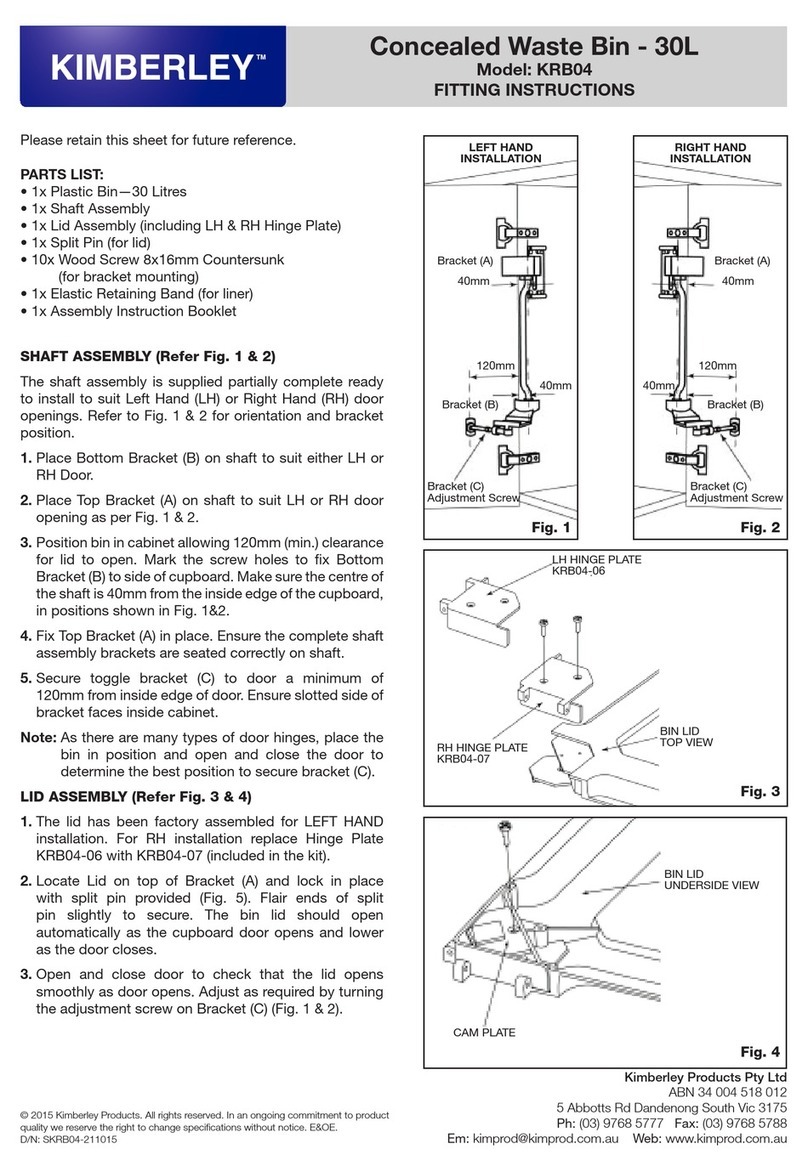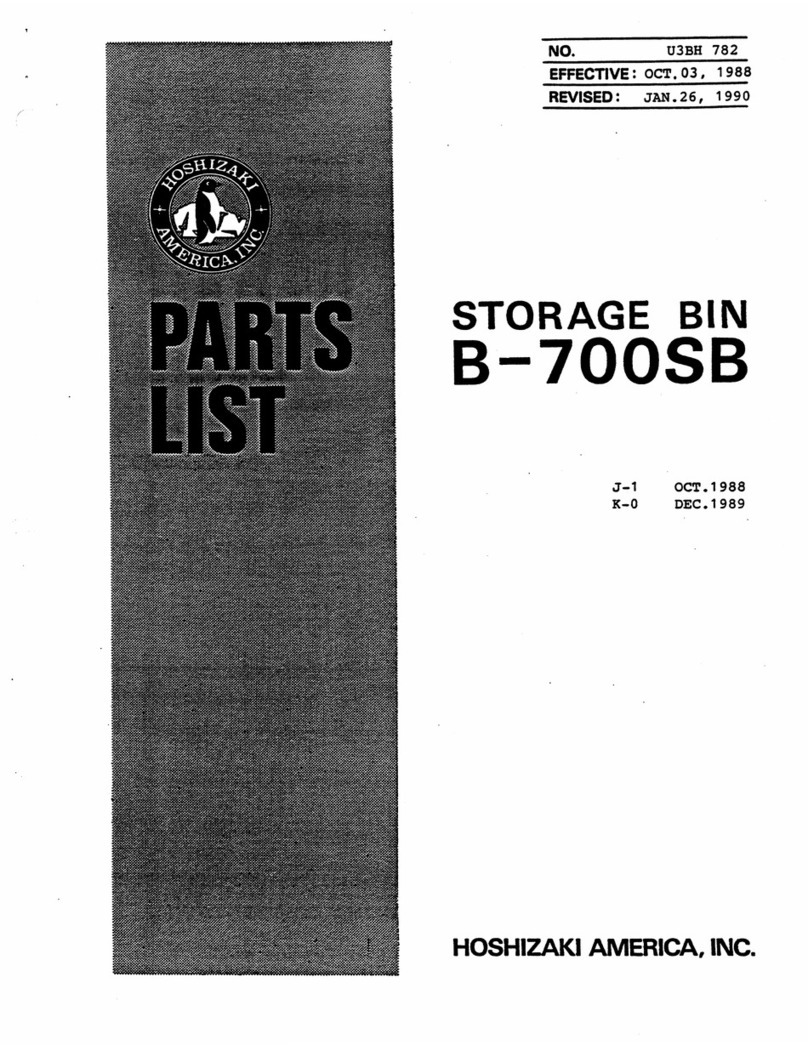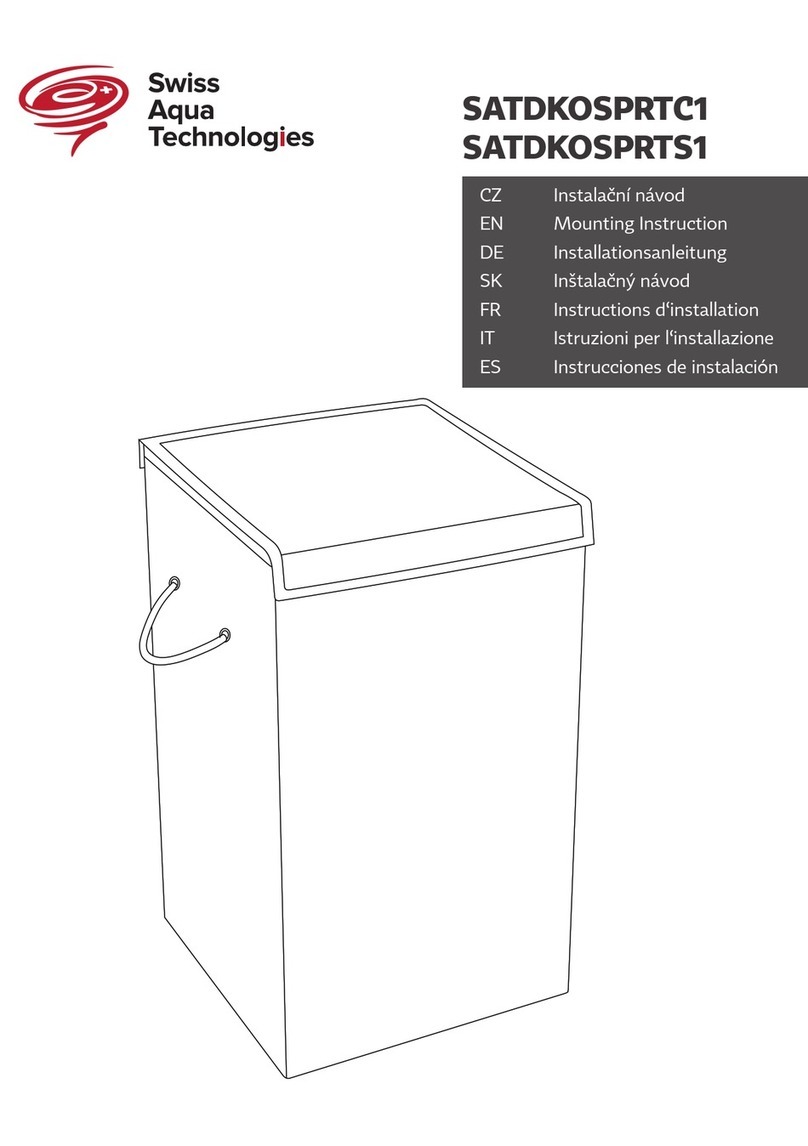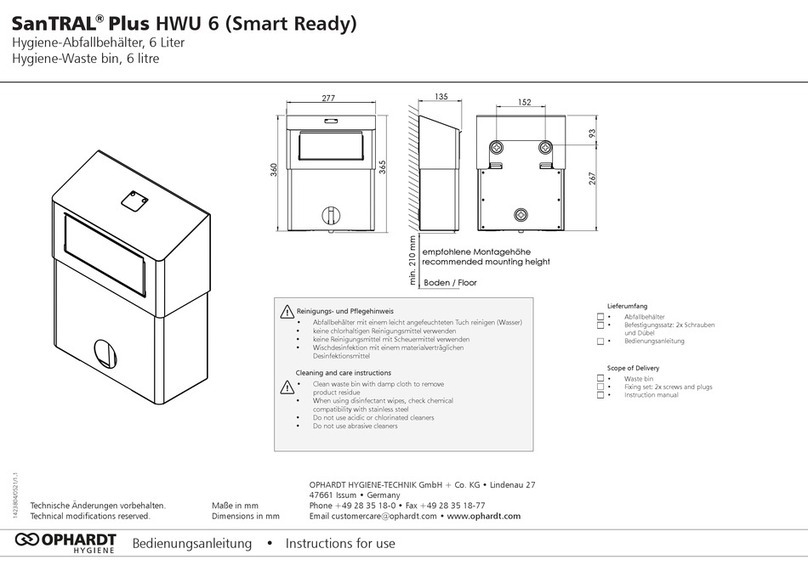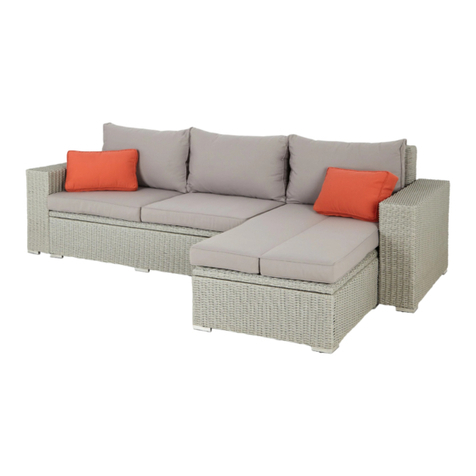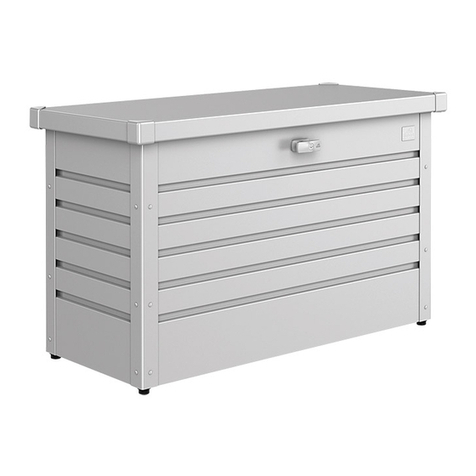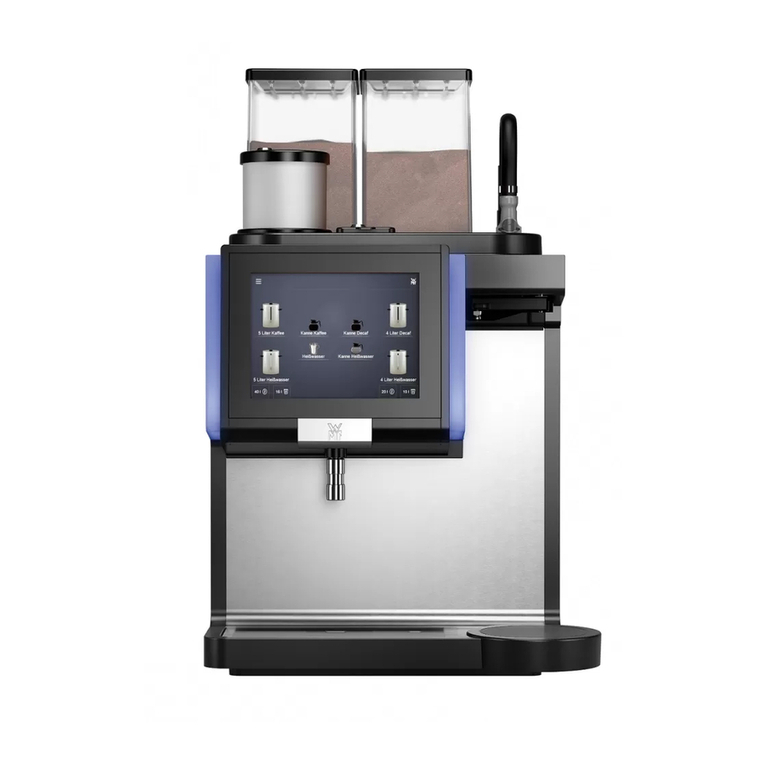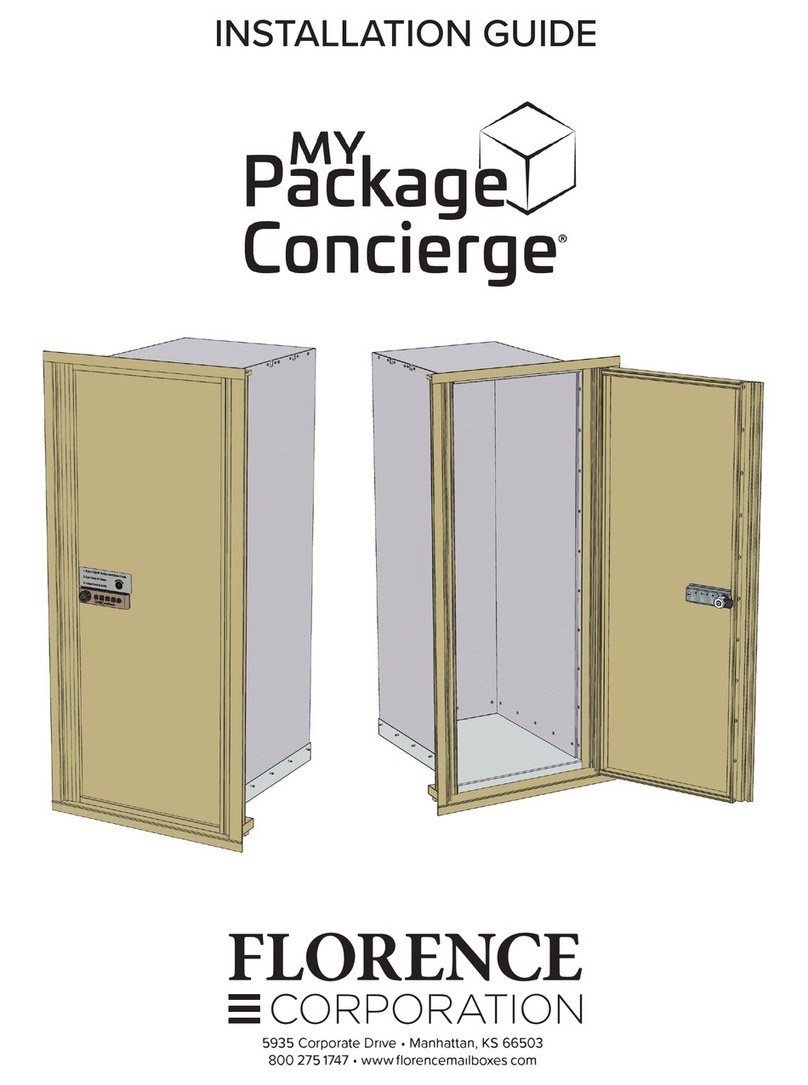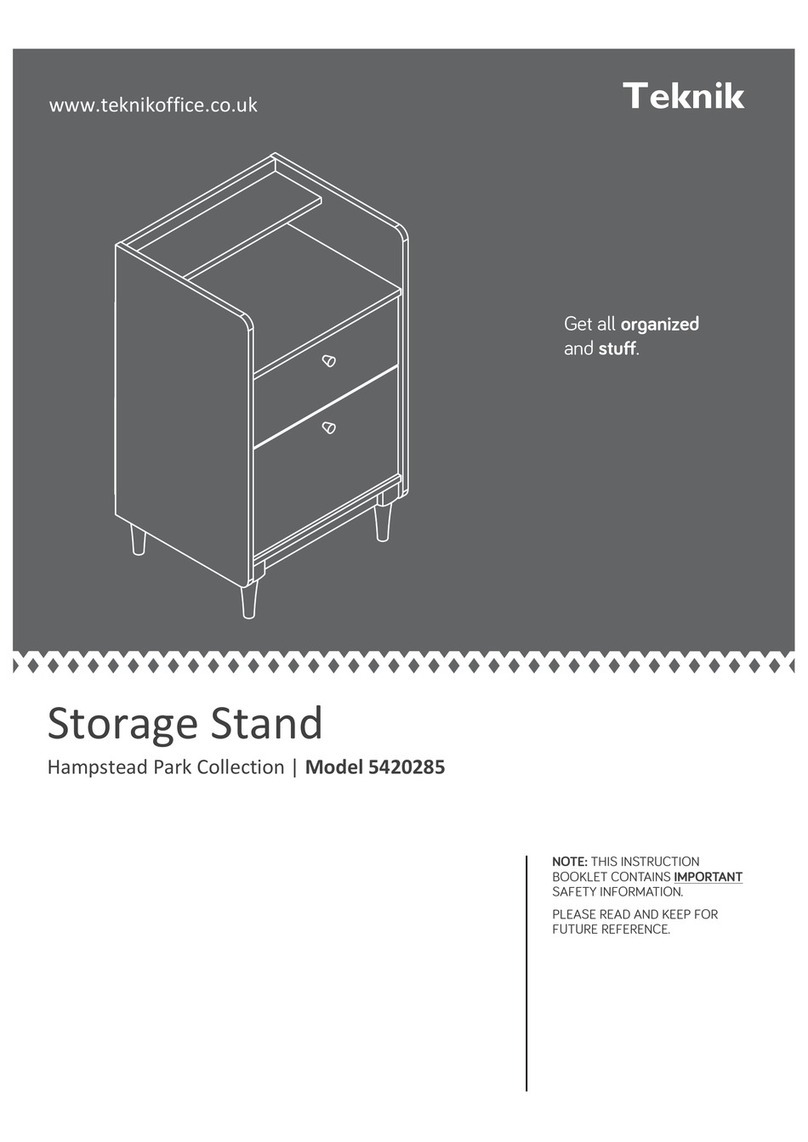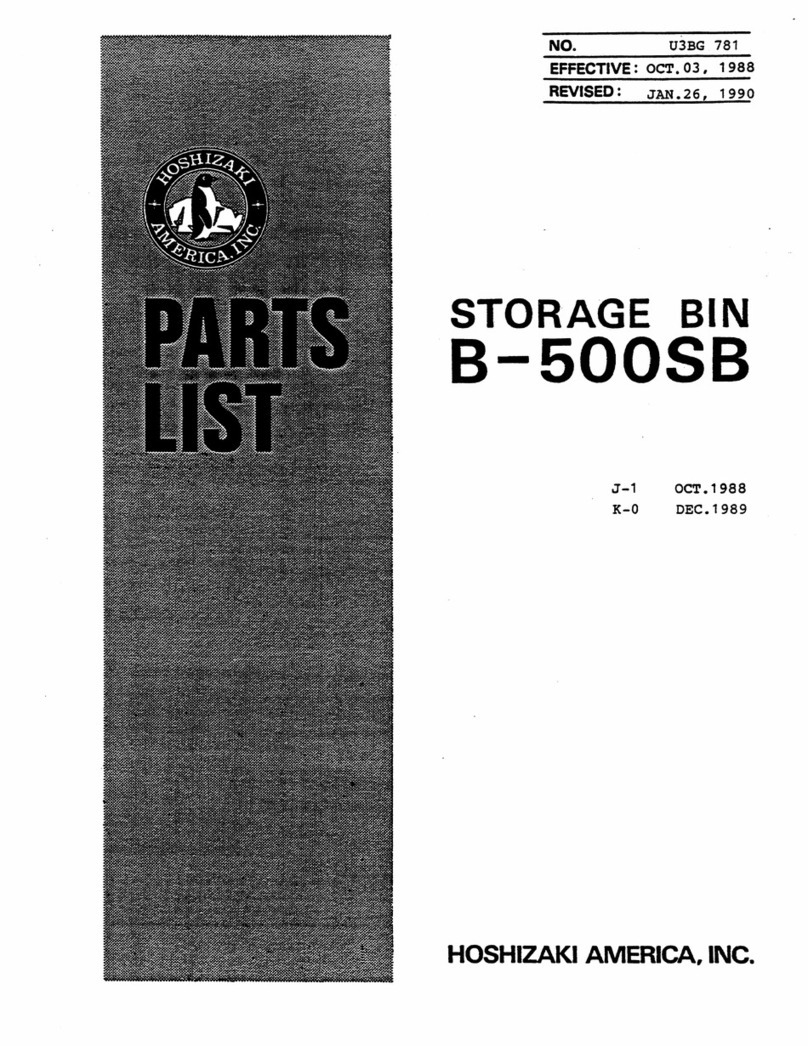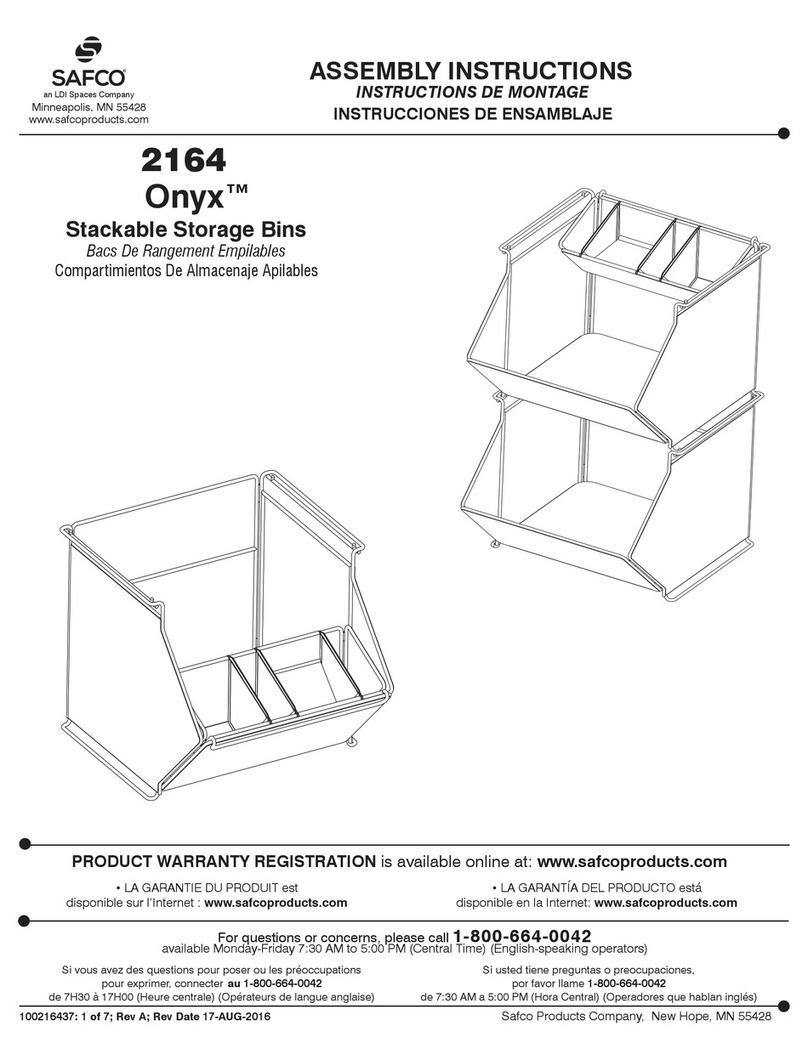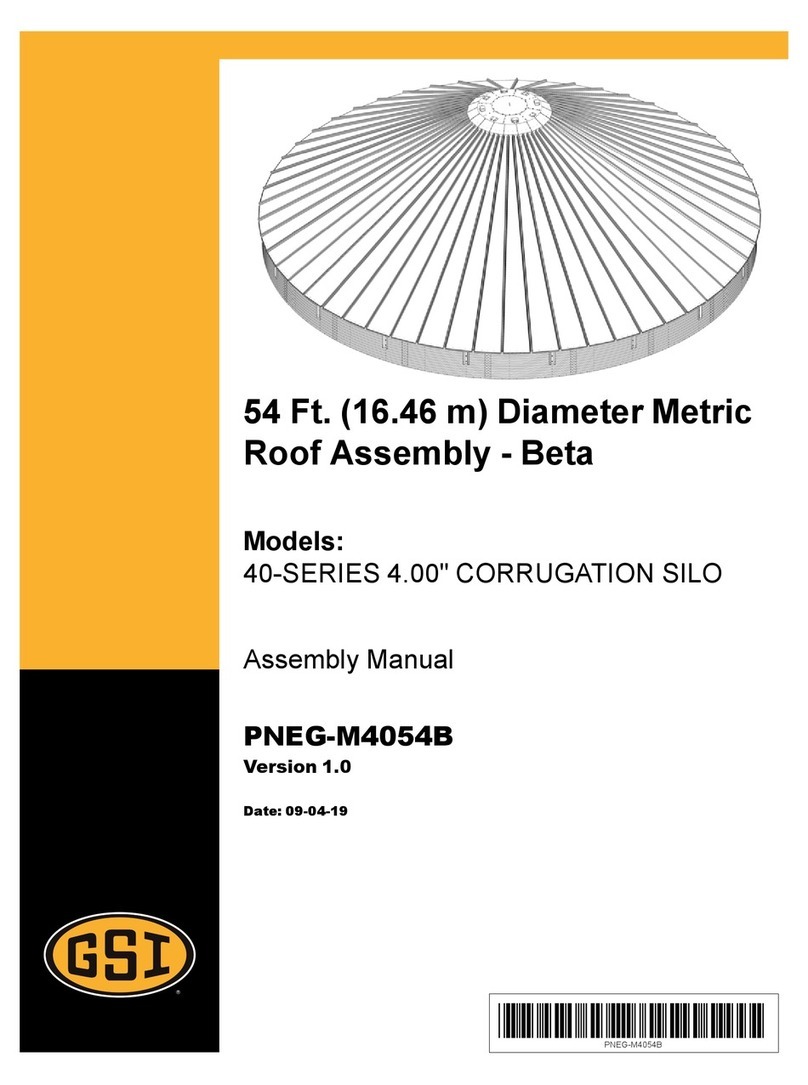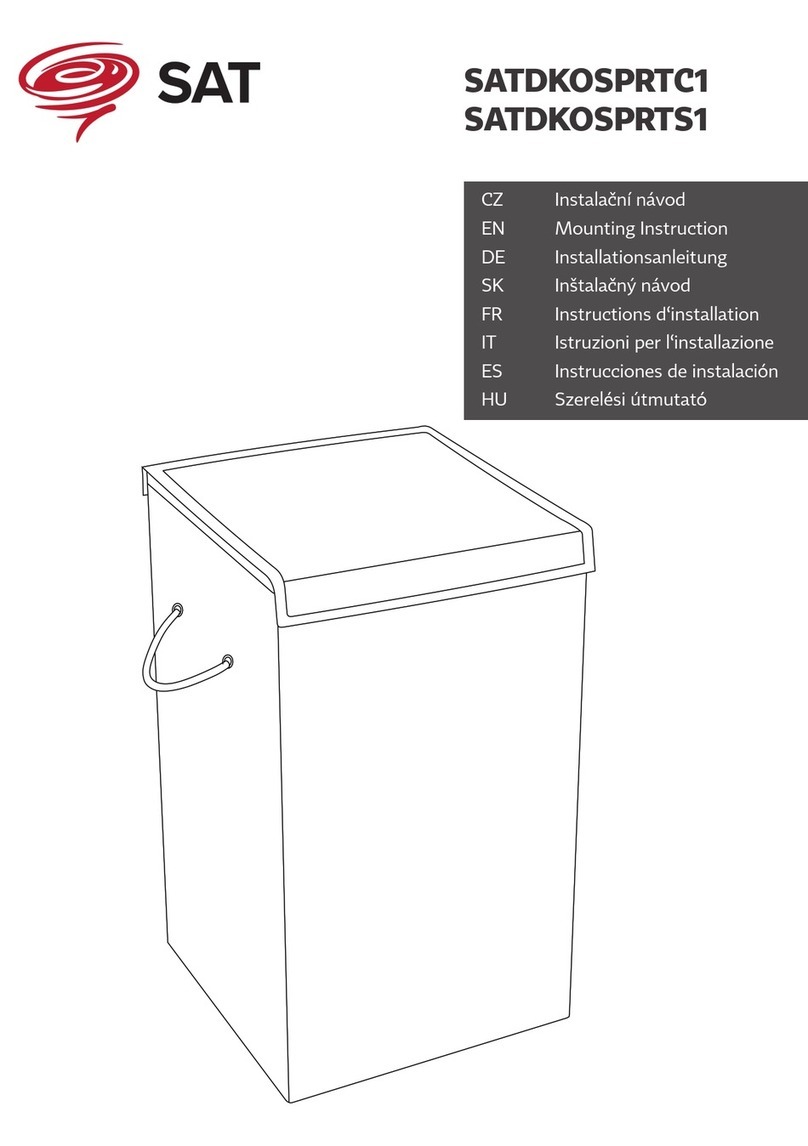
PUREGAS INSTRUCTION MANUAL
MODEL P05860-GLTG
TABLE OF CONTENTS
SECTION 1 -GENERAL .............................................................................................1
SECTION 2 - INSPECTION AND INSTALLATION..............................................2
2.1 Initial Inspection................................................................................... 2
2.2 Installation............................................................................................. 2
2.3 Electrical Requirements....................................................................... 2
SECTION 3 - PRINCIPLES OF OPERATION........................................................3
3.1 Air System ............................................................................................. 3
3.2 Air Compressor..................................................................................... 3
3.3 Pressure Switch, and Safety Relief Valve........................................... 3
3.4 Air Buffering Dryer.............................................................................. 3
3.5 Manual Drain Valve ............................................................................. 3
3.6 Water Drain Instructions..................................................................... 3
SECTION 4 - GENERAL MAINTENANCE.............................................................4
4.1 Nitrogen Bottle Replacement Module................................................. 4
4.2 Air Compressor Safety Valve.............................................................. 5
4.3 Air Compressor Pressure Switch........................................................ 5
4.4 Air Compressor Troublshooting Chart.............................................. 6
4.5 Air Compressor Maintenance ............................................................. 7
4.6 Air Compressor Disassembly............................................................... 8
4.7 Air Compressor Assembly................................................................... 8
4.7 Air Compressor Assembly (continued)............................................... 9
4.8 Air Buffering Dryer.............................................................................. 9
4.9 Recommended Spare Parts List............................................................ 9
SECTION 5 – TROUBLESHOOTING INFORMATION GUIDE.......................13
FIGURES
WIRING DIAGRAM ...........................................................................................2
FLOW DIAGRAM ...............................................................................................4
AIR COMPRESSOR PRESSURE SWITCH ....................................................5
EXPLODED VIEW OF COMPRESSOR AND MOTOR ASSEMBLY.........10
AIR DRYER..........................................................................................................11
NBRM PARTS IDENTIFICATION...................................................................12
CHARTS
MODULE SPECIFICATIONS............................................................................1
AIR COMPRESSOR TROUBLESHOOTING CHART..................................6

